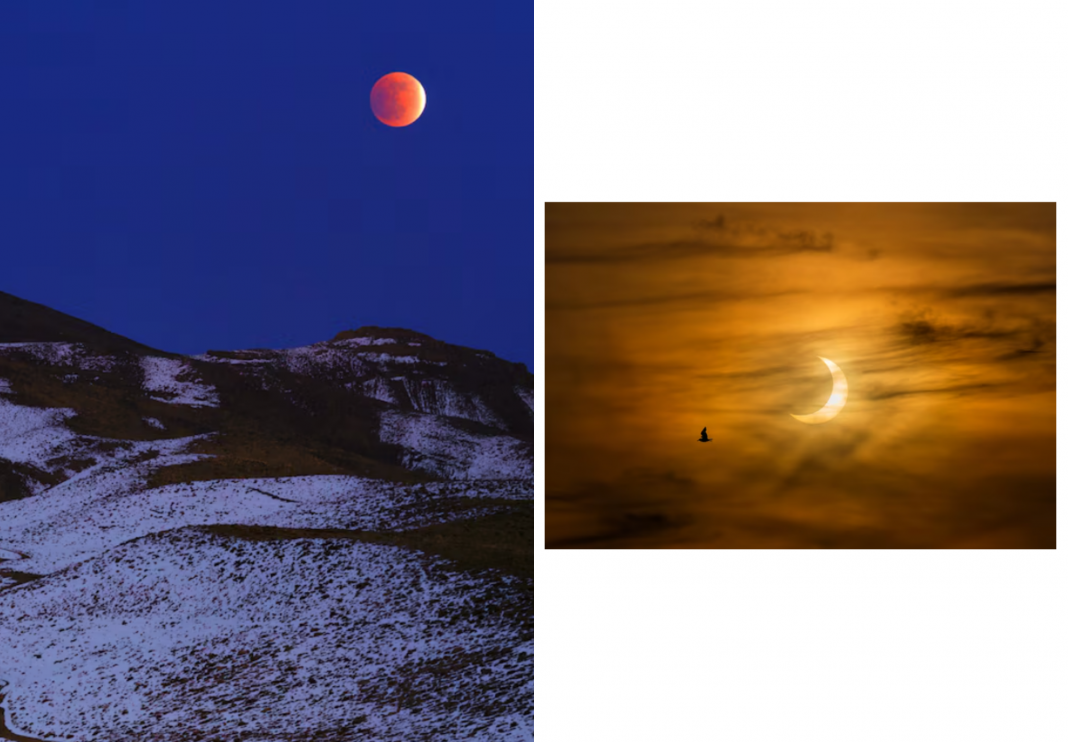As the summer heat begins to fade and the days grow shorter, September offers a magnificent canvas for celestial observation. The cooler, clearer nights provide the perfect opportunity to gaze upward and witness a series of stunning astronomical events. This month’s night sky is a treasure trove of cosmic displays, from the bright glow of a harvest moon to a dazzling parade of planets. For both seasoned stargazers and curious beginners, the September sky offers a chance to reconnect with the universe’s timeless rhythms and profound beauty. This guide will walk you through the most notable events of the month, providing everything you need to know to make the most of the celestial spectacle from your own backyard.
The Planetary Parade

September’s night sky is marked by a beautiful alignment of planets that can be seen without the need for a telescope. The month begins with a stunning view of Saturn, which will be at its brightest and most visible for the year. This is the perfect time to observe the ringed giant, as it will appear as a brilliant, yellowish point of light in the night sky. Later in the month, Jupiter will also make a prominent appearance, shining brightly in the eastern sky in the early morning hours.

Beyond the gas giants, the inner planets will also be on display. Venus, the “Morning Star,” will be visible low in the eastern sky before sunrise. Its brilliant light makes it easy to spot, even for novice sky-watchers. The moon will also pass close to several planets throughout the month, creating a beautiful and easy-to-spot celestial lineup. These planetary alignments are a perfect reminder of the beautiful cosmic dance that is constantly happening above us.
The September Equinox: A Celestial Turning Point
One of the most significant astronomical events of the month is the September Equinox. This event marks the moment when the sun crosses the celestial equator, and day and night are of approximately equal length. The equinox, which occurs around September 22nd, is the official start of autumn in the Northern Hemisphere and spring in the Southern Hemisphere. It is a powerful turning point in the year, a time of balance and transition.

For sky-watchers, the equinox is a great time to observe the night sky. The moon and planets will appear in a predictable and easy-to-follow path across the sky, making it an excellent opportunity for star-charting and celestial navigation. The change in seasons also brings with it a change in the constellations that are visible in the night sky. The equinox is a perfect time to reflect on the Earth’s place in the solar system and the beautiful cycles that govern our lives.
The Harvest Moon: A Luminous Farewell to Summer

The full moon in September is known as the Harvest Moon, a name given by ancient farmers because its bright light provided extra hours for harvesting crops after sunset. This particular full moon is renowned for its golden-orange color as it rises, a beautiful visual that is a result of light filtering through the atmosphere. The Harvest Moon is a beloved cultural symbol that marks the end of summer and the beginning of the harvest season.

This year’s Harvest Moon will be a spectacular sight, offering a brilliant and beautiful orb that will dominate the night sky. It’s an excellent opportunity for both seasoned photographers and casual observers to capture a beautiful and timeless image. The Harvest Moon is a powerful reminder of our deep, historical connection to the lunar cycle and its influence on our lives.
Meteor Showers and Deep-Sky Treasures
While September is not known for its major meteor showers, it does offer a few smaller ones that are still worth a look. The September Epsilon Perseids is a minor meteor shower that peaks in the first half of the month. While it may not produce a dazzling display, it is still a fun challenge for those who enjoy hunting for shooting stars. The best time to see the meteors is in the early morning hours, away from the glare of city lights.

For those with a telescope or a pair of binoculars, September is a great month to explore deep-sky objects. The Andromeda Galaxy, our closest galactic neighbor, is visible high in the night sky. It can be seen as a faint, fuzzy patch of light with the naked eye in very dark skies, but a telescope will reveal its beautiful spiral structure. The Great Globular Cluster in Hercules is another stunning sight, a beautiful ball of thousands of stars that is a perfect target for amateur astronomers.



